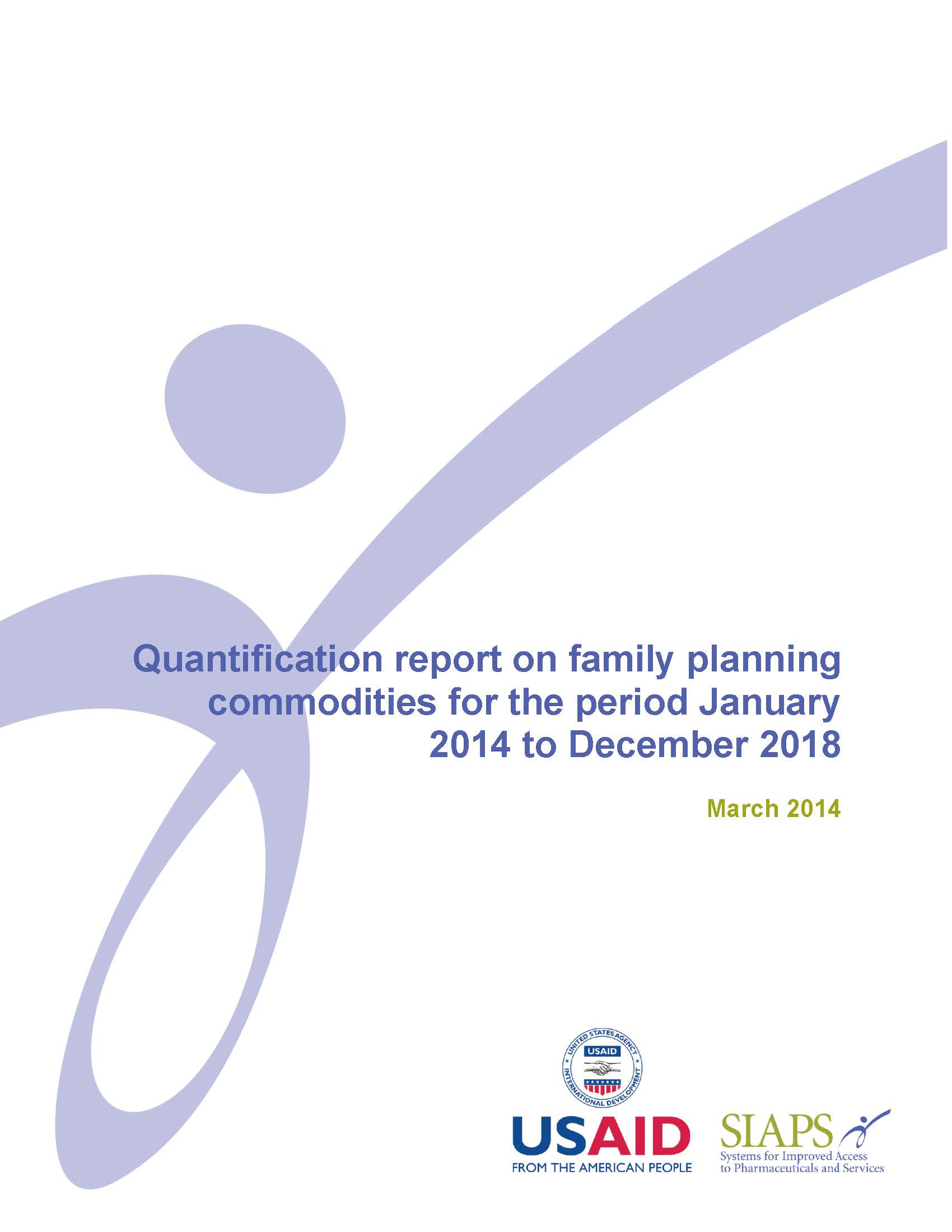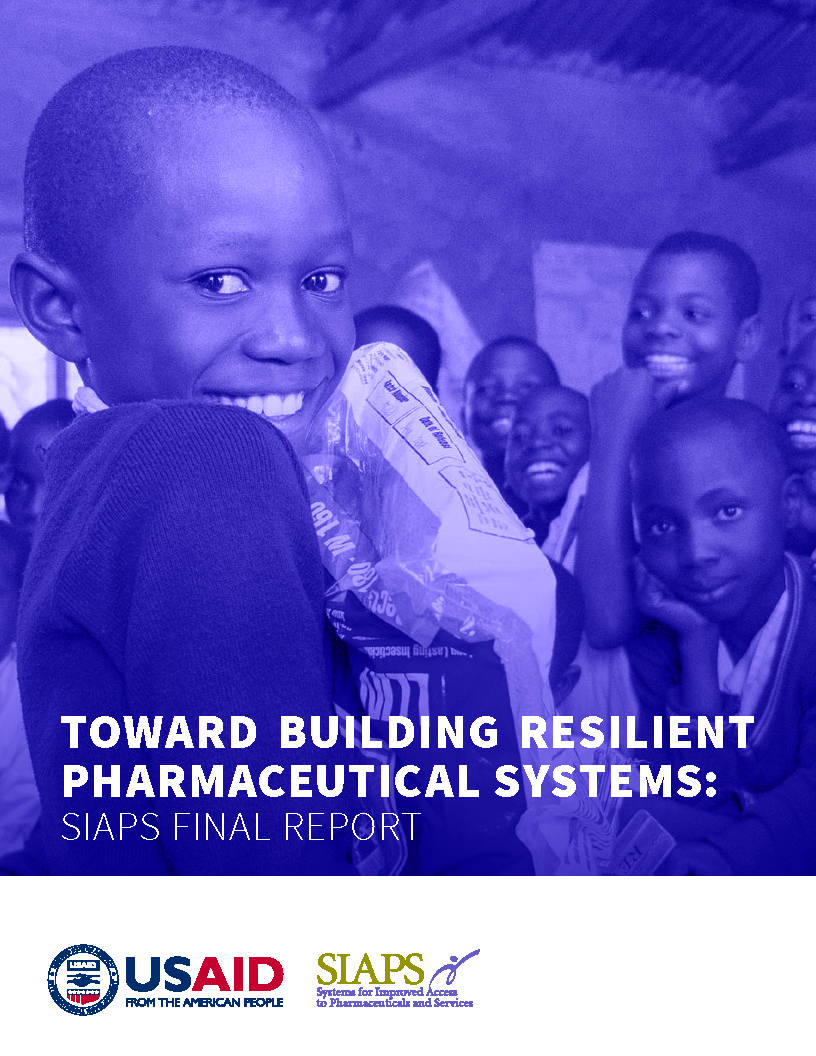
The promotion of family planning (FP) and access to desired contraceptive methods for women and couples are essential steps to ensuring the well-being and empowerment of women, while also supporting the health and development of communities. It provides opportunities to prevent high-risk pregnancies, which contribute to the high maternal mortality and morbidity rate or to disability. Family planning helps reduce infant mortality by preventing closely-spaced or poorly timed pregnancies. Family planning also reduces the risk of unintended pregnancies among women living with HIV, which reduces the number of babies and orphans who are infected. Male and female condoms offer dual protection against unintended pregnancies and sexually transmitted infections (STIs), including HIV. In addition, FP has long-term benefits, including empowering individuals, improving education and increasing productivity.
A quantification exercise for FP commodities was conducted with technical assistance from UNFPA and USAID | SIAPS and participation from all key stakeholders with the goal of generating the forecasted requirements and a supply plan for the period 2014 to 2018. The results from this quantification exercise will be used in planning to mobilize and obtain financial resources for the quantification period. For purposes of comparison and validation, two forecasting methods were used for this exercise, the demographic/morbidity method and the consumption method. Forecasting of requirements was estimated for the entire country (public sector and social marketing) for each method. The supply plan was developed for the two sectors. After sharing the quantification results with the national committee for the coordination and monitoring of the management of essential medicines, the quantification results from the morbidity method were validated on 11 June 2014.


